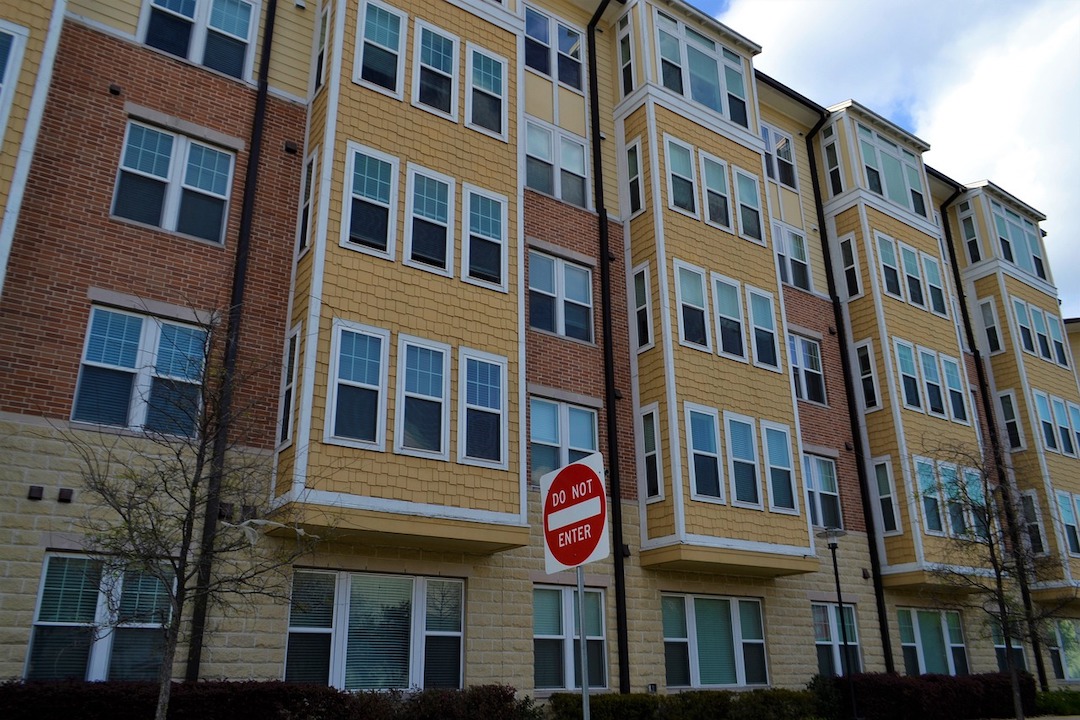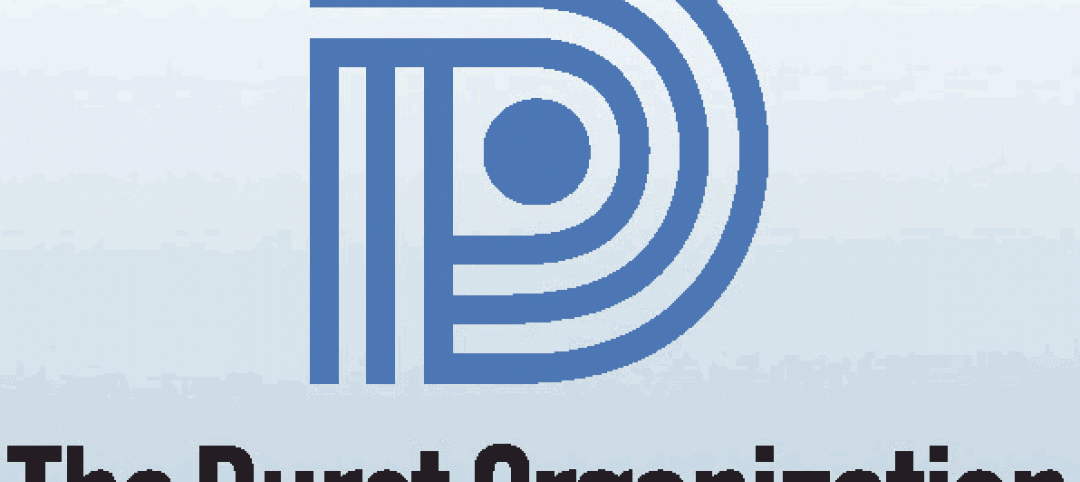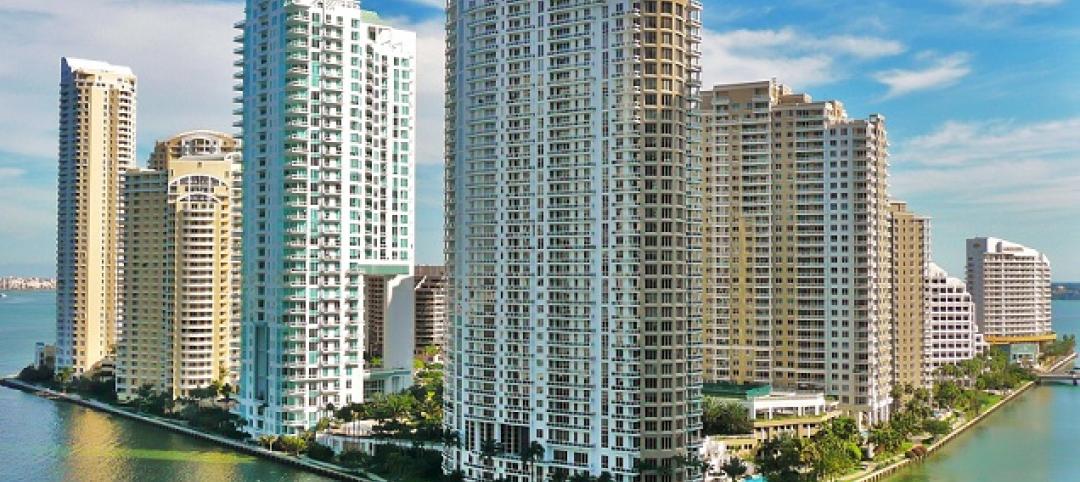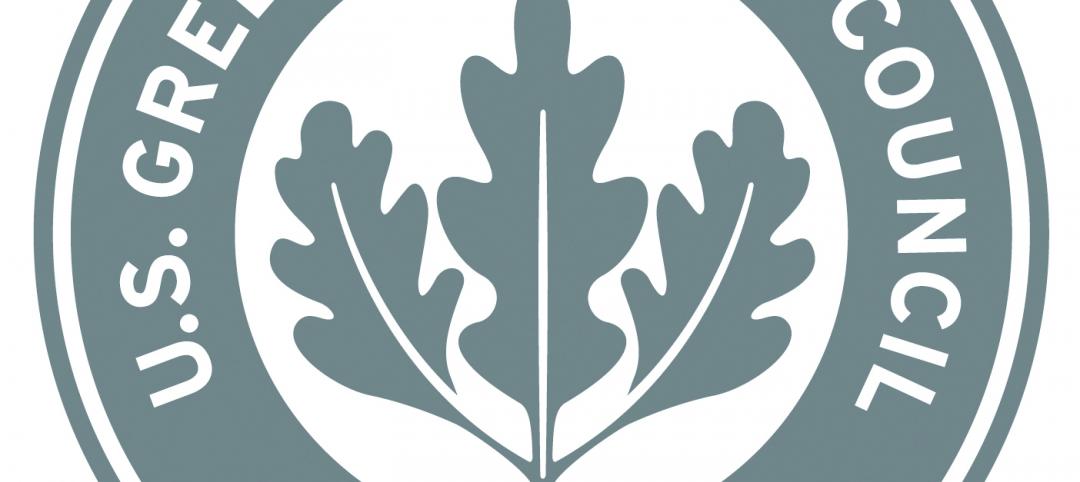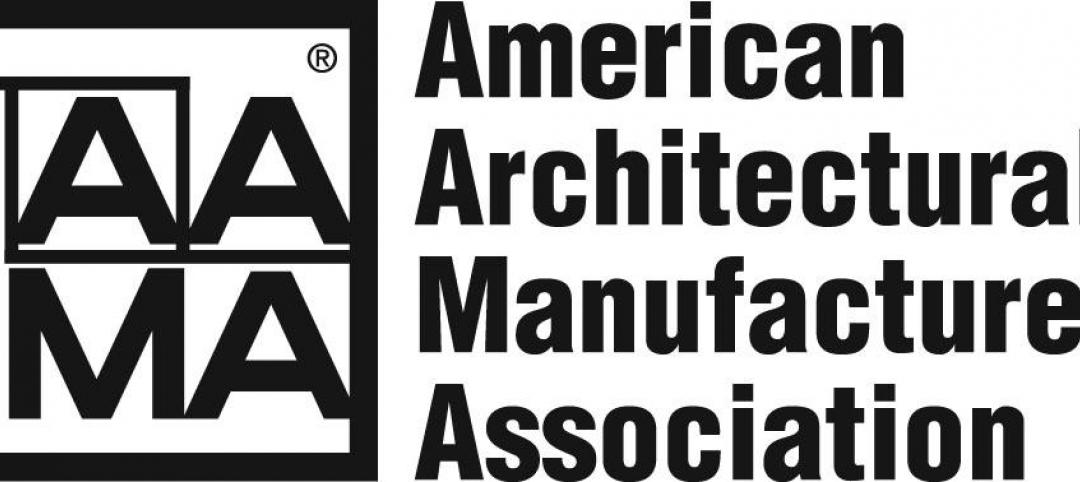California recently passed three new laws that are expected to promote construction of more affordable housing and make the state’s built environment more sustainable.
Senate Bill 9 allows property owners to build duplexes or split their properties in areas with zoning ordinances designed to allow only a single-family dwelling per lot. These zoned areas comprise about two thirds of zoned land in the state.
Senate Bill 10 eliminates some obstacles for cities to change their zoning codes in urban areas with plenty of public transit. Such efforts will no longer have to go through the California Environmental Quality Act’s arduous review process.
Senate Bill 8 bolsters an existing law that prevents cities from using longstanding regulations to shut out new residents by blocking localities from imposing downzoning policies that allow fewer people in, and raising building permit fees. These laws are expected to foster denser growth that is believed to reduce an area’s carbon footprint.
Related Stories
| Nov 26, 2012
Minnesota law to spur development, job creation produced few jobs
Legislation that allowed local governments to direct excess property tax dollars from tax-increment financing districts into other private developments was supposed to kick-start construction hiring in Minnesota.
| Nov 26, 2012
How to boost resilient systems that are sustainable
Cities of the future can be both more resilient and more sustainable by promoting strategies that include solar power and green roofs, programs that minimize demand for energy, rain gardens, and permeable pavement.
| Nov 26, 2012
Developer of nation’s first LEED platinum skyscraper focuses on carbon reduction
The Durst Organization, the developer of the first LEED platinum certified skyscraper in the country, says it will not seek LEED certification for its residential pyramid planned for New York’s West 57th Street.
| Nov 26, 2012
Questions linger over ability of Miami's newer high-rises to withstand hurricanes
Some towers in Miami, rebuilt after a hurricane in 2005, were allowed to be constructed under older building codes instead of newer ones created after Hurricane Wilma.
| Nov 26, 2012
Changes in development and building standards needed for health of Potomac River
The Potomac River’s health stands to suffer if the region does not change its development and building standards, according to the Potomac Conservancy.
| Nov 16, 2012
South Dakota prefers LEED over building code on state projects
“(LEED is) much better than a mandatory building code because you get a little wiggle room in these projects,” said Mike Mueller, a spokesman for the South Dakota Bureau of Administration.
| Nov 16, 2012
AAMA publishes quality assurance guidelines for Polyamide Thermal Barriers
The American Architectural Manufacturers Association (AAMA) has published QAG-2-12, Voluntary Quality Assurance Processing Guide for Polyamide Thermal Barriers.


